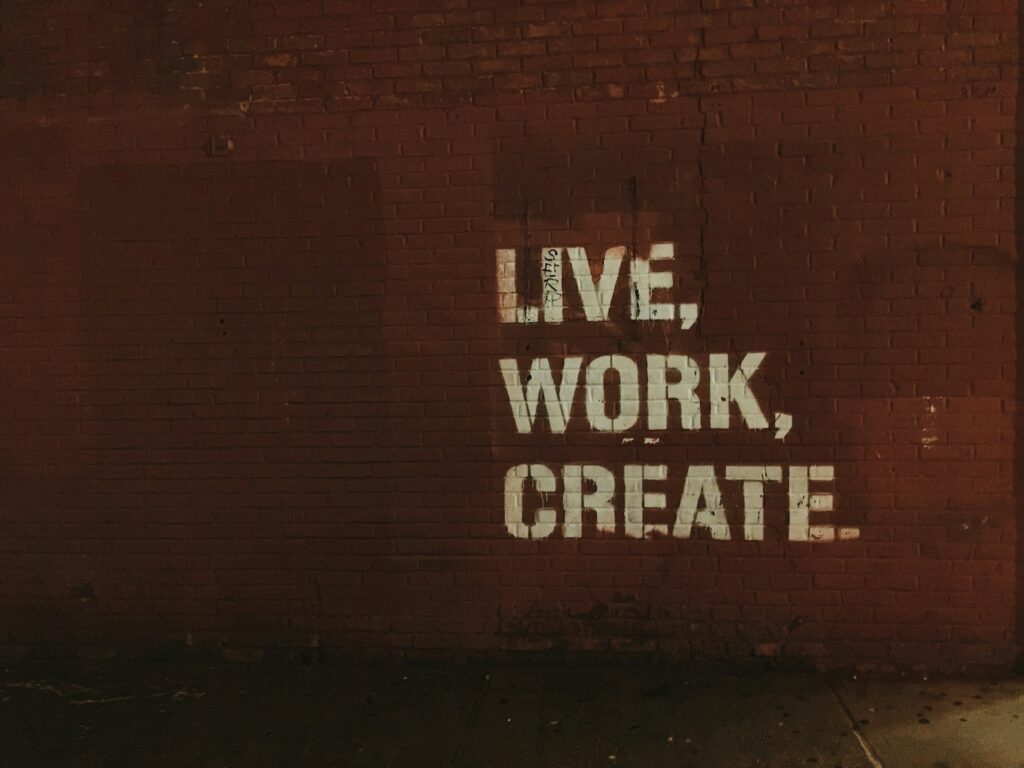In today’s fast-paced world, finding balance between work and personal life can seem like an elusive goal. However, mastering the art of work-life balance is crucial for maintaining overall well-being and satisfaction. In this article, we’ll explore actionable tips, strategies, and insights to help you achieve harmony between your professional commitments and personal aspirations.
Understanding Work-Life Balance
Balancing work and personal life is essential for maintaining physical health, mental well-being, and overall happiness. However, achieving this balance requires intentional effort and strategic planning. Let’s delve deeper into the concept of work-life balance and its significance in modern society.
Defining Work-Life Balance
Worklife balance refers to the equilibrium between the time and energy allocated to work-related activities and those devoted to personal pursuits, family, and leisure. It involves prioritizing responsibilities effectively to avoid burnout and enhance overall quality of life.
The Importance of Work-Life Balance
Maintaining a healthy worklife balance is vital for several reasons:
Enhanced Well-being: Striking a balance between work and personal life promotes better physical health, reduced stress levels, and improved mental well-being.
Increased Productivity: Individuals who prioritize worklife balance often experience higher levels of productivity and job satisfaction, leading to better performance in professional roles.
Stronger Relationships: Allocating time for family, friends, and hobbies fosters deeper connections and enriches personal relationships.
Overall Satisfaction: Achieving harmony between work and personal life contributes to a greater sense of fulfillment and satisfaction in both domains.
Strategies for Achieving Work-Life Balance
Achieving worklife balance is an ongoing process that requires intentional effort and continuous adjustments. Here are some practical strategies to help you maintain equilibrium in your life:
1. Prioritize Your Tasks
Focus on completing high-priority tasks first, and delegate or postpone less urgent responsibilities. Setting clear priorities can prevent overwhelm and ensure that you allocate time to essential activities.
2. Establish Boundaries
Set clear boundaries between work and personal life to avoid overextending yourself. Define specific work hours and commit to unplugging from work-related tasks during leisure time.
3. Practice Time Management
Efficient time management is key to achieving worklife balance. Use tools such as calendars, to-do lists, and scheduling apps to organize your time effectively and allocate sufficient time for both work and leisure activities.
4. Foster Flexibility
Embrace flexibility in your work arrangements whenever possible. Negotiate flexible hours or remote work options to accommodate personal commitments and optimize your worklife balance.
5. Invest in Self-Care
Prioritize self-care activities such as exercise, meditation, hobbies, and relaxation techniques to recharge and rejuvenate both physically and mentally.
6. Cultivate Supportive Relationships
Surround yourself with a supportive network of friends, family, and colleagues who understand the importance of worklife balance. Lean on them for encouragement, advice, and assistance when needed.
Frequently Asked Questions
1. How can I overcome guilt associated with taking time off for personal activities?
It’s essential to recognize that prioritizing self-care and personal time is not selfish but necessary for overall well-being. Practice self-compassion and remind yourself that taking breaks enhances productivity and prevents burnout.
2. What should I do if my job demands exceed my available time?
If your workload consistently overwhelms your capacity, consider discussing workload distribution with your supervisor. Explore potential solutions such as delegating tasks, adjusting deadlines, or seeking additional support.
3. Is achieving perfect work-life balance realistic?
While achieving perfect balance may be challenging, striving for harmony between work and personal life is attainable. Focus on setting realistic expectations, prioritizing self-care, and making intentional choices to align your priorities.
4. How can I prevent work-related stress from spilling over into my personal life?
Establish clear boundaries between work and personal life, and practice stress management techniques such as mindfulness, deep breathing, and regular exercise to cope with work-related stress effectively.
5. What role does communication play in maintaining work-life balance?
Effective communication with employers, colleagues, and family members is crucial for establishing boundaries, expressing needs, and negotiating flexible work arrangements that support work-lifebalance.
6. How can I incorporate work-life balance into my daily routine?
Start by identifying small changes you can implement in your daily routine, such as scheduling regular breaks, setting aside time for hobbies, and prioritizing tasks based on importance and urgency.
Conclusion
Achieving worklife balance is not a one-size-fits-all endeavor but rather a personal journey that requires self-awareness, intentionality, and adaptability. By implementing the strategies outlined in this guide and prioritizing your well-being, you can cultivate a fulfilling lifestyle that harmonizes professional success with personal fulfillment.

